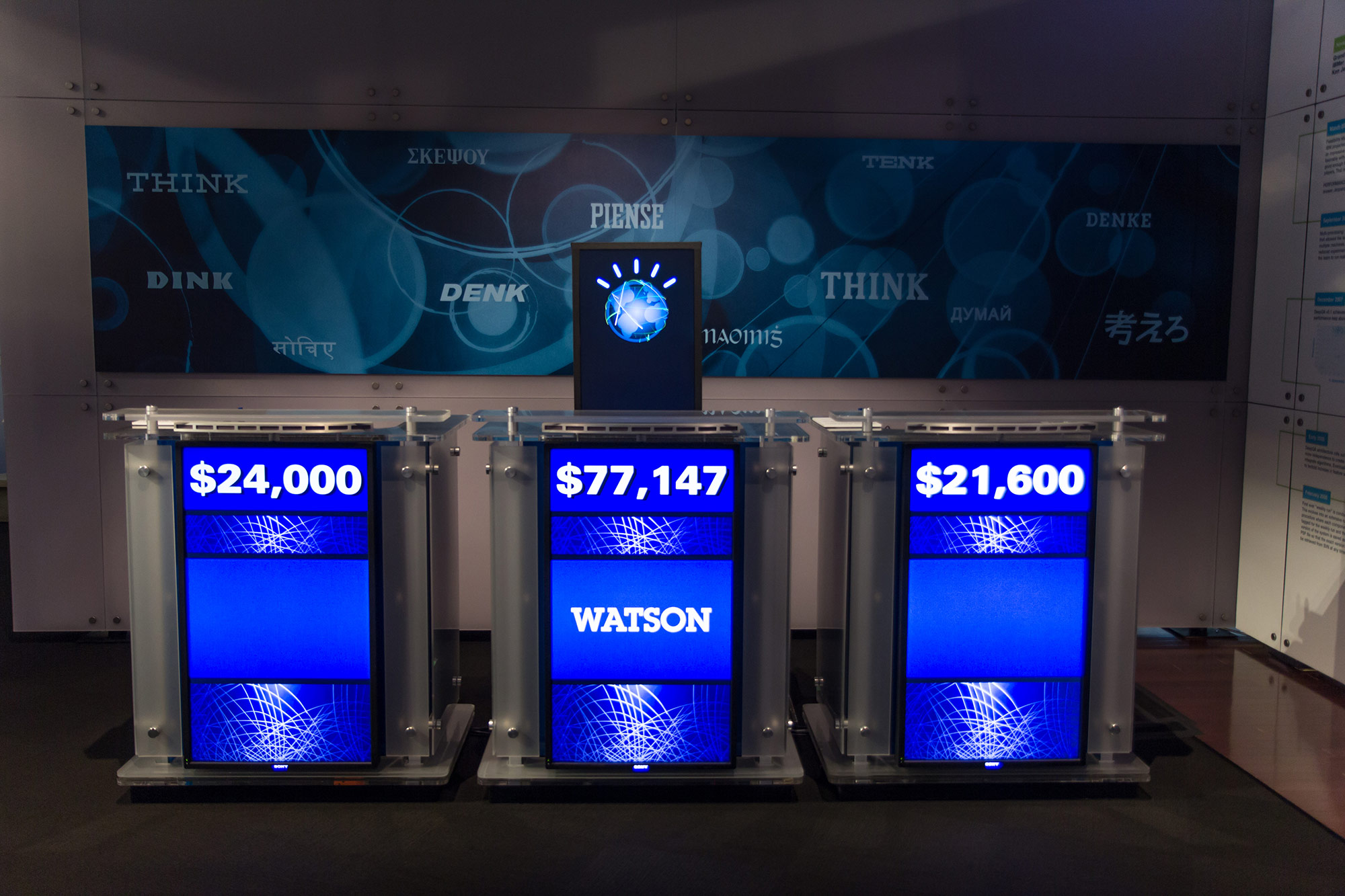
This is the fourth column of “Practice Values,” a bi-monthly series by architect and technologist Phil Bernstein. The column focuses on the evolving role of the architect at the intersection of design and construction, including subjects such as alternative delivery systems and value generation. Bernstein was formerly vice president at Autodesk and now teaches at the Yale School of Architecture.
In 1977, social critic Ivan Illich argued that the mid-20th century should be named “The Age of Disabling Professions,” asking whether “if this age, when needs were shaped by professional design, will be remembered with a smile or with a curse.” Illich’s skepticism about the importance and role of doctors, lawyers, and architects was an inflection point in the ascendance of the professional class that began with the industrialization of America. What followed for architects—who, at just about the same time as Illich’s query, were subjected to the emergence of alternative forms of project delivery (like design-build), new incumbents treading on our turf (like construction managers), and influence from extrinsic forces (like lawyers and insurance companies)—was several decades of existential angst with which we are all familiar.
Forty years later, there are more architects, and more work for us, than ever—yet the existential angst remains: If recessions, construction managers, and liability insurance underwriters didn’t manage to dismantle the profession, now what? Answering that question comes the Oxford duo of Richard and Daniel Susskind and their 2015 tome The Future of the Professions, an exhaustive examination of how the broad influences of digital technology may be the end-of-times challenge to the professional class so desired by Illich. The Susskinds argue that it will not be a loss of faith in architects, lawyers, and accountants, but rather the broad democratization of expertise through big data and data sharing, expert systems, and automation that will “transform the work of human experts.” As knowledge work begins the same transfiguration in the world of computation that manufacturing experienced with machine automation, the bespoke relationships curated by architects with clients will be circumvented by widely accessible knowledge systems, architects will no longer be the anointed “gatekeepers” of professional knowledge or judgment, and the increasing complexity of building problems will face economic pressures demanding that architects provide even more service for less money. Large swaths of professional services will be routinized by computers, further decomposing those services into discrete automated tasks. New systems of design and construction delivery will reconstitute from traditional professional scopes disintermediated by algorithms and big data.
But if the essential value of architects is our ability to design—see the world creatively, synthesize disparate information, generate new and innovative ideas—aren’t we safe from this digital onslaught? Not so fast, according to the Susskinds, who ask, “To what problem is judgment the solution?” They cite the 60 million disputes on eBay resolved with automated mediation (and no lawyers), medical advice dispensed by WebMD on smart phones around the world, or the online tax-preparation software used by millions of taxpayers each year; many of these folks would have never dreamt of hiring a lawyer or an accountant. And this is the core of their argument: Technology will democratize expertise, making it available to many more recipients than could ever by curated by 1:1 professional relationships.
Since society created the professional class to codify and distribute professional expertise, shouldn’t this trend to democratization be embraced? And since architects design a small percentage of the built environment, isn’t this trend, in theory, all for the good? Should architects cede our authority to algorithms, it’s likely we’ll lose all control and influence over the forces that often reduce great design aspirations to mediocre results. It is difficult to argue, however, that the changes that automation and the resulting process innovation that the Susskinds predict will put great pressure on the role of our profession while simultaneously eliminating the need for broad swaths of production work like working drawings.
How to respond? As far back as Illich’s original provocation, architects have decried our diminishing influence while embracing new technologies and their opportunities with at best mild enthusiasm and at worst outright hostility. This wave of automation-innovation will be much more profound than CAD or even BIM. Perhaps it offers a chance to deeply examine the value proposition of architecture and architects, and, using our skills, to design our roles in the future supported and accelerated by new technology rather than, once again, threatened by it.
